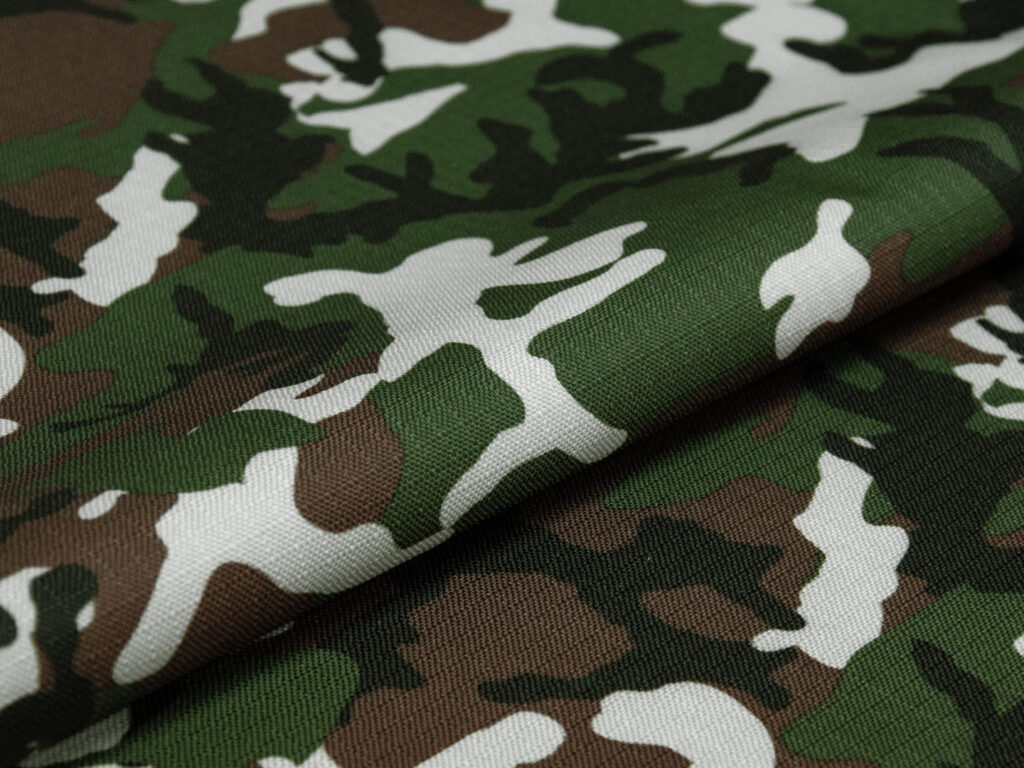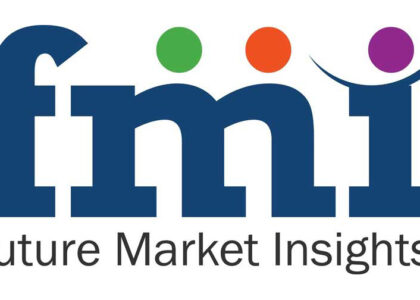
The global coated fabrics for defense market are likely to create stable growth opportunities over the evaluation period by registering a CAGR of 3.7% from 2023 to 2033. The global market size is likely to reach a valuation of around US$ 4,541.4 million in 2023 and is set to cross a valuation of US$ 6,530.9 million by 2033. According to the historical analysis conducted by Future Market Insights, the global market registered a CAGR of 2.9% from 2018 to 2022. The global coated fabric sales in the defense sector will create an absolute dollar opportunity of US$ 1,989.6 million.
Fabrics that have gone through a coating procedure for modification of functionalities are known as coated fabrics. They are created from both woven and non-woven textiles by laminating or coating fabric with polymer, rubber, or various other materials. The addition of coatings makes the fabric surface more impervious to damage. Furthermore, coated fabrics hold additional properties including waterproofing, durability, chemical resistance, abrasion resistance, flame resistance, and thermal resistance. Thanks to these features, coated fabrics are gaining immense traction across defense & military sectors.
Fabrics made of polyvinyl chloride, polyurethane, Teflon, and neoprene find numerous applications in the defense sector. These fabrics are useful in several environmental challenges such as fire, UV radiation, scratches and abrasions, chemicals and oils, and more. Moreover, fabrics such as PVC-coated fabrics and polymer-coated fabrics are gaining wider popularity. Coated fabrics find application in personal protective equipment in defense industry. This is due to their ability to protect the wearer from various hazards. These fabrics are used in helmets, gloves, face shields, etc.
Get an overview of market drivers and challenges affecting this industry! https://www.futuremarketinsights.com/reports/sample/rep-gb-6762
Report Highlights
Coated fabrics are now considered an integral part of defense and military sectors. This is attributed to their ability to offer invaluable properties to military forces and equipment. The rising usage of coated fabrics in several military & defense applications will boost the global market. Furthermore, increasing safety measures and standards in defense sector are anticipated to propel coated fabrics demand.
The rising demand for high-performance fabrics is anticipated to deliver longevity, strength, and superior wear resistance in challenging environments will elevate sales. Moreover, the burgeoning demand for coated fabrics from military aircraft will bolster coated fabric sales worldwide. Coated fabrics such as polyester, Teflon, and aramid are widely used in parachute release bags, flight suits, ejector seat covers, anti-gravity pants, and suits, troop seating, aircraft flotation bags, and several other applications.
Constantly changing warfare strategies, attributed to the rising border conflicts in several countries are expected to drive these countries to procure highly advanced next-generation aircraft & ships. This increasing demand for aircraft is expected to stimulate the use of coated fabrics in numerous aircraft components. Driven by this, coated fabric sales in defense sector will rise at a significant pace.
Recent Developments
Augmenting usage of coated fabrics in various applications across the military & defense sectors is driving the global market. Coated fabrics find applications in railways, automobiles, aviation, and various other personnel-oriented objects across the military & defense industry.
Surging popularity of coated fabrics made from high-performance fibers throughout defense sector is anticipated to boost sales. Furthermore, coated fabrics are lightweight, waterproof, chemical resistant, and flexible. They also possess better mechanical properties to improve soldier workability. Thanks to these features, coated fabrics are increasingly used in defense and military industry.
The worldwide military and defense sector is predicted to witness a significant increase in expenditure. Multiple governments are spending huge amounts to strengthen their defense sector. This rising expenditure in the military and defense sector, particularly in emerging economies, will lead to a surge in the production of several military artillery and protective equipment. This in turn will propel the use of coated fabrics such as neoprene, Teflon, and polyester over the next ten years.
Interested in Procuring the Data? Inquire here: https://www.futuremarketinsights.com/ask-question/rep-gb-6762
Competitive Landscape
The global coated fabrics for defense industry is fiercely competitive. Owing to the presence of several key coated fabric manufacturers across the globe. Additionally, tailored solutions offered by market leaders that comply with strict regulations and requirements is creating hindrance for new entrants in the market. This has shifted bargaining power toward the supplier side, resulting in higher profit margins for leading manufacturers.
Top Key Players in the Market
- DuPont de Nemours, Inc.
- Saint-Gobain S.A.
- Trelleborg Group
- Continental AG
- Fothergill Group
- Zenith Industrial Rubber Products Pvt. Ltd.
- SRF Limited
- Sioen Industries NV
- Paragon Textile Mills Pvt. Ltd.
- Colmant Coated Fabrics
- Seaman Corporation
- Magna Fabrics Inc.
- Worthen Industries Inc.
- Haren Textiles Pvt Ltd.
- Serge Ferrari
Key Segmentation
By Fabrics:
- Polyamide/Nylon
- PVC
- Teflon
- Aramid
- Polyester
By Material:
- Thermoplastic
- Rubber
By Application:
- Personnel Oriented
- Object Oriented CF for Military
- Other Equipment
By Region:
- North America
- Latin America
- Eastern Europe
- Western Europe
- China
- India
- Japan
- South East Asia and the Pacific
- Middle East and Africa
Upcoming Trending Topics:
New product development coupled with research of using fabric composed of advanced lightweight materials i.e. natural as well as synthetic type of fibers has been a notable trend of mesh fabric market.
The shotecrete/sprayed concrete market is primarily driven by increasing underground construction activities, rapid economic development and growing urbanization, increasing underground transportation, technical efficiency of shotcrete and increasing activities of mining and tunneling.
Demand for green cement is expected to witness steady growth owing to increasing uptake of alternative fuels derived from renewable materials and waste namely used oils, foundry sand, filter cakes, solid recovered fuels, animal meals, sewage sludge, and fly ashes.
About Future Market Insights (FMI)
Future Market Insights, Inc. (ESOMAR certified, recipient of the Stevie Award, and a member of the Greater New York Chamber of Commerce) offers profound insights into the driving factors that are boosting demand in the market. FMI stands as the leading global provider of market intelligence, advisory services, consulting, and events for the Packaging, Food and Beverage, Consumer Technology, Healthcare, Industrial, and Chemicals markets. With a vast team of over 5000 analysts worldwide, FMI provides global, regional, and local expertise on diverse domains and industry trends across more than 110 countries.
Contact Us:
Nandini Singh Sawlani
Future Market Insights Inc.
Christiana Corporate, 200 Continental Drive,
Suite 401, Newark, Delaware – 19713, USA
T: +1-845-579-5705
For Sales Enquiries: sales@futuremarketinsights.com
Website: https://www.futuremarketinsights.com
LinkedIn| Twitter| Blogs | YouTube

